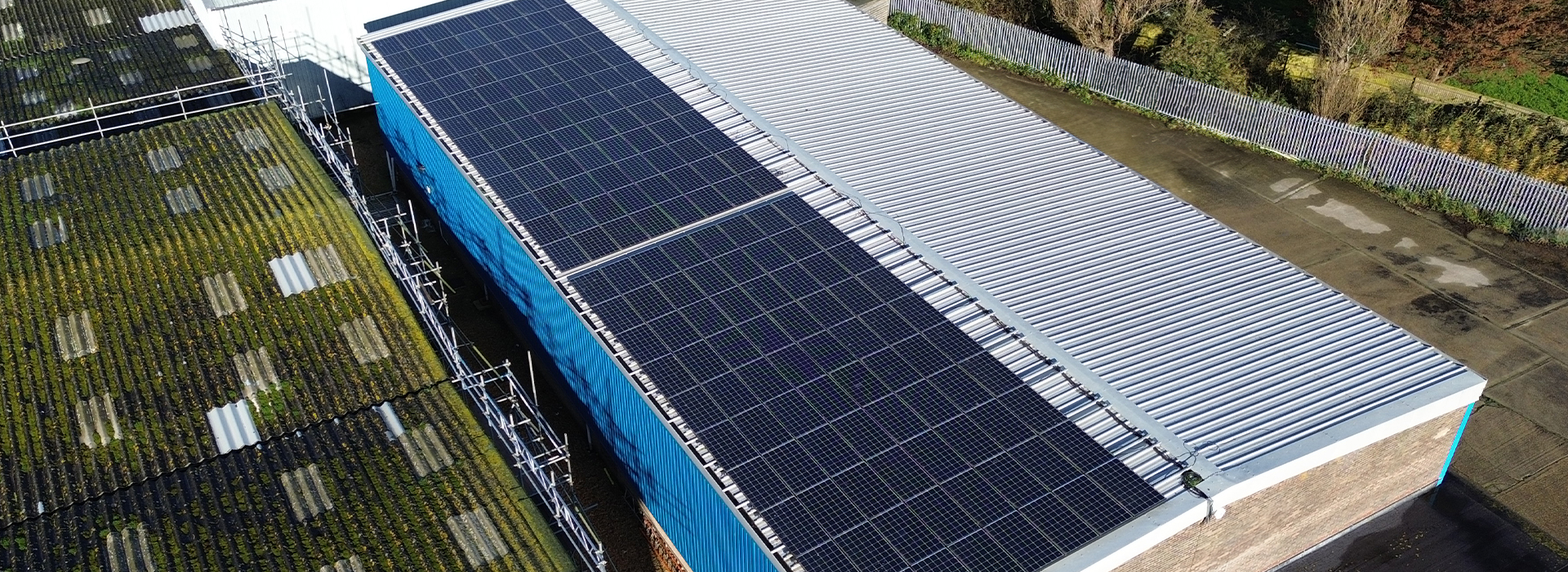Working on industrial or commercial roofs can be hazardous, even with fall protection in place. The UK’s unpredictable weather adds a layer of complexity to roof work, as adverse conditions can significantly increase risks. Understanding when it’s unsafe to work on a roof is crucial for ensuring the safety of workers and maintaining compliance with health and safety regulations.
The Impact of Weather on Roof Safety
Certain weather conditions can make roof work unsafe, regardless of fall protection systems such as guardrails, harnesses, or safety nets. Let’s explore the key weather factors that can create unsafe conditions:
High Winds
Strong winds are one of the biggest hazards for roof workers. Gusts can destabilise workers and tools, increasing the likelihood of falls or accidents.
Key Risks: Loss of balance, falling debris, and difficulty using equipment.
Guidance: Roof work should be avoided when wind speeds exceed 23 mph (Force 5 on the Beaufort scale), as recommended by the Health and Safety Executive (HSE).
Heavy Rain or Storms
Rain makes roof surfaces slippery, reducing traction and making it dangerous to move or carry out tasks.
Key Risks: Slips, trips, falls, and water damage to tools or equipment.
Guidance: Postpone roof work during heavy rain or storms. Wait until the roof surface is dry before resuming activities.
Ice, Frost, or Snow
Cold weather conditions like frost, ice, and snow create highly slippery surfaces, making roof work extremely dangerous.
Key Risks: Loss of footing, equipment malfunction due to freezing, and the risk of ice or snow falling from height.
Guidance: Roof work should be postponed until surfaces are cleared and safe for use. Heated work areas or de-icing products can help mitigate risks.
Extreme Heat
While less common in the UK, extreme heat can also pose risks. Roof surfaces can become excessively hot, causing burns, dehydration, or heat-related illnesses.
Key Risks: Heat exhaustion, fatigue, and burns.
Guidance: Plan roof work during cooler parts of the day and ensure workers have access to shade and hydration.
Fog or Low Visibility
Poor visibility caused by fog or heavy mist can make it difficult to navigate the roof safely. It can also hinder clear communication among workers.
Key Risks: Falls due to unseen hazards and difficulty coordinating tasks.
Guidance: Delay roof work until visibility improves to ensure the safety of all team members.
Legal and Safety Obligations
Under UK law, employers have a legal duty to ensure safe working conditions for employees, as outlined in the Work at Height Regulations 2005. This includes assessing weather conditions and taking necessary precautions to minimise risks.
Key steps to stay compliant:
Conduct thorough risk assessments before beginning roof work.
Monitor weather forecasts regularly using reliable sources.
Equip workers with appropriate personal protective equipment (PPE) for various weather conditions.
Provide training on how to work safely in changing weather conditions.
Conclusion
Even with fall protection in place, it is not safe to work on industrial or commercial roofs during adverse weather conditions. Employers and workers must remain vigilant, assess risks carefully, and prioritise safety at all times.
When in doubt, postpone roof work until the weather improves. No deadline is worth compromising the safety and well-being of your team.



